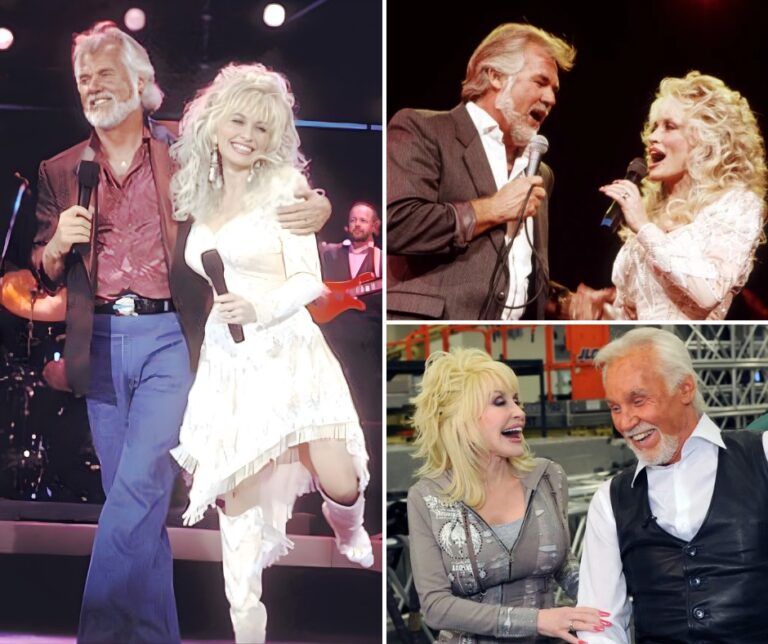How Close Friendships Have Changed from the 1970s to Modern Times
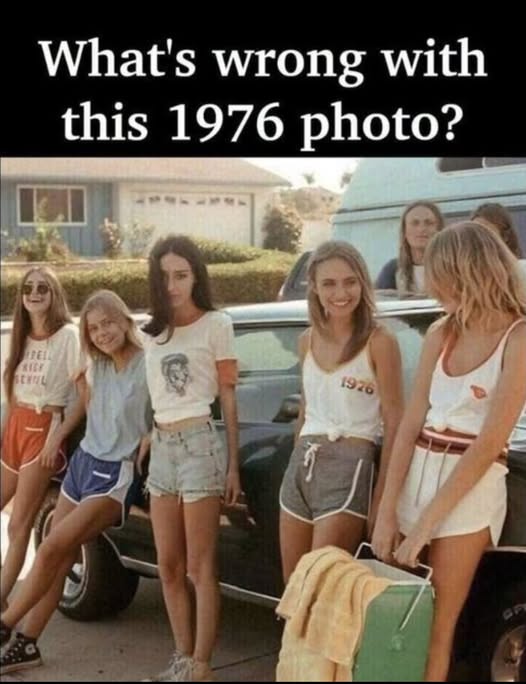
There’s something undeniably heartwarming about looking back on the 1970s and 1980s — an era that seemed slower, softer, and more personal. Life back then felt less hurried, friendships ran deeper, and conversations weren’t filtered through glowing screens or shortened by character limits. It was a time when connection meant being there, not just sending a message. I can still picture it: pedaling my bike down a quiet suburban street with the wind tangling my hair, the rhythmic squeak of the pedals echoing in my ears, and my mother’s voice calling from the porch, “Be home before dark!” The world felt endless then — a mix of laughter, scraped knees, and the comfort of knowing your best friends lived just a few houses away.
We didn’t have phones glued to our hands, but somehow, we were never out of touch with the people who mattered most. Sure, the ’70s and ’80s weren’t perfect. There were social tensions, financial struggles, and fewer conveniences. But there’s a reason people look back on those decades with longing: they carried a kind of authenticity that’s difficult to replicate in today’s fast, hyperconnected world. So let’s take a nostalgic walk down memory lane and explore how relationships — both romantic and platonic — have transformed from those simpler days to the digital age we live in now.
1. Communication Styles: From Handwritten Letters to Instant Messages
In the 1970s, communication meant presence. If you wanted to talk to someone, you visited them, called their house phone, or wrote them a letter. Every conversation required effort and attention. The rotary phone — and later, the touch-tone model — was more than just a device; it was a lifeline to the people you loved. When the phone rang, hearts skipped a beat. Every ring carried weight: maybe good news, a surprise call from a friend, or something serious. And since long-distance calls were expensive, families waited until evening when rates were cheaper. Each minute mattered, and every word felt precious. Fast forward to today, and communication has become constant — yet strangely hollow. Texts, DMs, and video calls connect us instantly across continents, but sometimes it feels like we’ve lost something in the process. We communicate more, but connect less. Tone gets lost in typed words, and misunderstandings multiply. A hug, a glance, or even silence used to say more than a thousand emojis ever could.
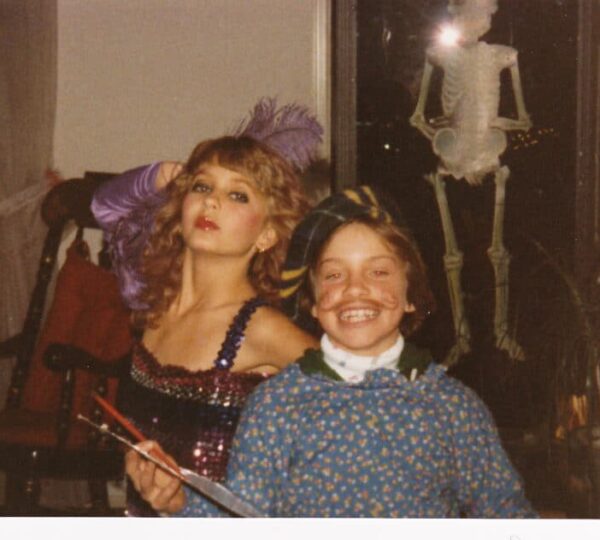
2. Dating Norms: Courage Then, Convenience Now
Dating in the ’70s took confidence and sincerity. If you liked someone, you had to walk across the room, look them in the eye, and start a conversation. You might meet someone through friends, at a dance, or in line at the record store. Exchanging numbers meant something — a small but genuine leap of faith. There were no dating apps or curated profiles — no filters, no “swipe right.” Just people, face-to-face, hoping to find a spark. Dates often meant long walks, shared milkshakes, and deep talks under starlit skies. Today, love lives on screens. Apps like Tinder, Bumble, and Hinge have revolutionized how people meet. It’s easier than ever to find someone, but harder to build something real. Relationships now often begin with profile pictures and short bios, not with laughter across a diner table. Convenience has replaced courage, and in some ways, mystery has disappeared.
3. Attitudes Toward Commitment: From Stability to Self-Discovery
In the 1970s, commitment meant permanence. Marriage was considered the ultimate goal — a cornerstone of adulthood. Couples married younger, built families earlier, and viewed separation as a last resort. Despite rising divorce rates toward the end of the decade, most saw commitment as a duty as much as a choice. Studies from the era showed that roughly 70% of married men and 67% of married women reported being satisfied in their marriages — impressive, given the limited communication tools and societal pressures of the time. Today, marriage is no longer a universal milestone. Many people choose to focus on independence, emotional growth, and stability before settling down. Cohabitation — once scandalous — has become normal. Relationships now emphasize mutual respect and personal growth over tradition. We’ve evolved from “till death do us part” to “as long as we both keep growing.”
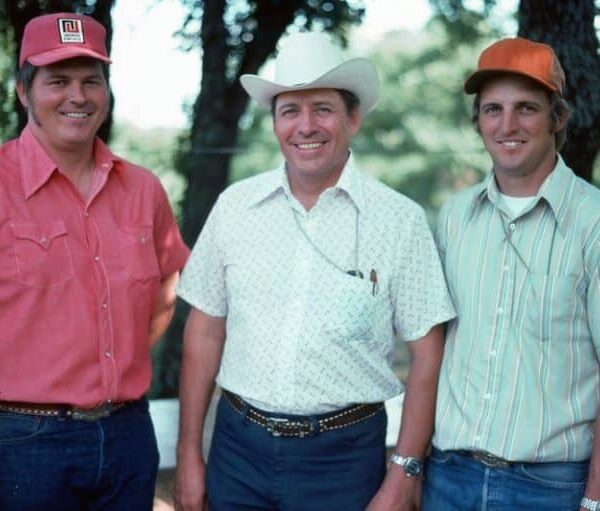
4. Gender Roles and Equality: Breaking Old Patterns
In the 1970s, the feminist movement was reshaping the world. Women were fighting for equal pay, reproductive rights, and workplace opportunities. Yet many still faced criticism for working outside the home. Questions like “Who’s taking care of the kids while you’re at work?” were common and revealing of the time’s mindset. Today, much has changed — though not everything. Equality has progressed tremendously. Relationships are now built more on partnership than hierarchy, with both individuals sharing responsibilities, dreams, and ambitions. We’ve also witnessed broader acceptance of diverse family structures and identities, proving that love doesn’t have to fit one mold to be valid. The conversation continues, but the progress is undeniable.
5. Friendship Then and Now: The Lost Art of Presence
This might be where nostalgia hits hardest. In the ’70s, friendship was tangible. You showed up at your friend’s doorstep, rang the bell, and asked, “Wanna hang out?” There were no text cancellations, no unread messages, no distractions buzzing in your pocket. When you were with someone, you were fully there. Entertainment wasn’t streamed; it was created. Kids played in backyards, teenagers cruised in cars, and adults gathered for neighborhood barbecues or card nights. Friendships were built on shared experiences, not shared memes. Today, we’re more connected than ever — yet somehow lonelier. We can have hundreds of “friends” online, but few who truly know us. Technology expanded our social circles but diluted their depth. Maybe that’s why so many people miss those simpler times — when a knock on the door meant an adventure, not anxiety.
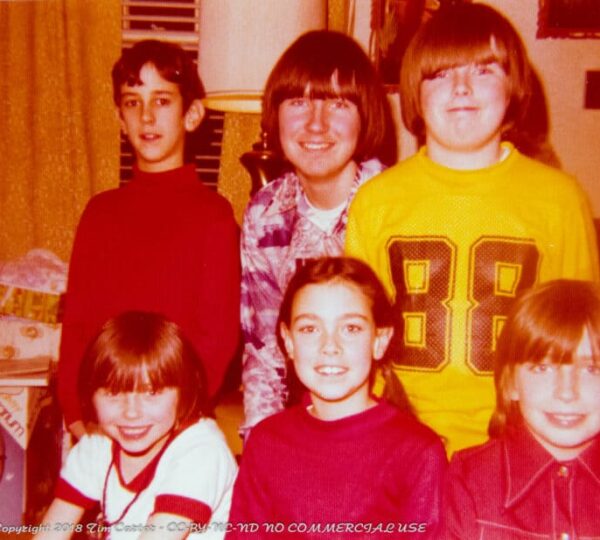
6. The Rise of Social Media: The Double-Edged Sword
The concept of social media actually began in 1978 with the Bulletin Board System (BBS) — a primitive online network where users could post messages via dial-up connections. It was clunky but revolutionary, setting the stage for today’s digital world. Fast forward to now: we live in an era where nearly every detail of our lives can be shared — from breakfast photos to breakups. Platforms like Instagram, TikTok, and Facebook have become digital diaries of our relationships and milestones. It’s beautiful, in a way — a global scrapbook of connection. But it also comes with a cost. We compare, we perform, we curate. Intimacy, once private, has become public by default. Love and friendship are often measured in likes and views instead of time and trust.
7. Mental Health and Emotional Awareness: From Silence to Strength
Perhaps the most positive evolution of all is in our understanding of mental health. In the 1970s, emotional struggles were stigmatized. Depression or anxiety was rarely discussed, often dismissed as weakness or ignored entirely. People suffered quietly, believing they had to “tough it out.” Today, the narrative has changed. Vulnerability is strength. Therapy is normalized, and emotional intelligence is seen as essential to healthy relationships. Couples are encouraged to communicate their needs, set boundaries, and seek help when things get difficult. Friendships, too, have grown more compassionate and understanding. This openness has made modern relationships more empathetic, intentional, and self-aware than ever before.
Then and Now: What We Can Learn
The friendships and romances of the 1970s carried a certain purity — unhurried, rooted in patience, and built on time spent together. Life wasn’t easier, but it was simpler. People looked each other in the eye instead of at screens. They listened more. They stayed longer. Today’s world offers us incredible convenience, access, and opportunity. We can stay in touch across oceans, learn in seconds what once took days, and express ourselves in infinite ways. But in gaining speed, we’ve lost stillness. In gaining reach, we’ve lost depth. Maybe the lesson isn’t to go back, but to slow down — to bring a little of that 1970s sincerity into the 2020s. Because whether it’s 1974 or 2025, the heart wants the same things:
to be seen, heard, and loved — truly loved — for who we are.
So, what do you think? Were friendships truly deeper in the ’70s, or have we just forgotten how to slow down long enough to notice the beauty in the connections we already have?
There’s something undeniably heartwarming about looking back on the 1970s and 1980s — an era that seemed slower, softer, and more personal. Life back then felt less hurried, friendships ran deeper, and conversations weren’t filtered through glowing screens or shortened by character limits. It was a time when connection meant being there, not just sending a message. I can still picture it: pedaling my bike down a quiet suburban street with the wind tangling my hair, the rhythmic squeak of the pedals echoing in my ears, and my mother’s voice calling from the porch, “Be home before dark!” The world felt endless then — a mix of laughter, scraped knees, and the comfort of knowing your best friends lived just a few houses away.
We didn’t have phones glued to our hands, but somehow, we were never out of touch with the people who mattered most. Sure, the ’70s and ’80s weren’t perfect. There were social tensions, financial struggles, and fewer conveniences. But there’s a reason people look back on those decades with longing: they carried a kind of authenticity that’s difficult to replicate in today’s fast, hyperconnected world. So let’s take a nostalgic walk down memory lane and explore how relationships — both romantic and platonic — have transformed from those simpler days to the digital age we live in now.
1. Communication Styles: From Handwritten Letters to Instant Messages
In the 1970s, communication meant presence. If you wanted to talk to someone, you visited them, called their house phone, or wrote them a letter. Every conversation required effort and attention. The rotary phone — and later, the touch-tone model — was more than just a device; it was a lifeline to the people you loved. When the phone rang, hearts skipped a beat. Every ring carried weight: maybe good news, a surprise call from a friend, or something serious. And since long-distance calls were expensive, families waited until evening when rates were cheaper. Each minute mattered, and every word felt precious. Fast forward to today, and communication has become constant — yet strangely hollow. Texts, DMs, and video calls connect us instantly across continents, but sometimes it feels like we’ve lost something in the process. We communicate more, but connect less. Tone gets lost in typed words, and misunderstandings multiply. A hug, a glance, or even silence used to say more than a thousand emojis ever could.

2. Dating Norms: Courage Then, Convenience Now
Dating in the ’70s took confidence and sincerity. If you liked someone, you had to walk across the room, look them in the eye, and start a conversation. You might meet someone through friends, at a dance, or in line at the record store. Exchanging numbers meant something — a small but genuine leap of faith. There were no dating apps or curated profiles — no filters, no “swipe right.” Just people, face-to-face, hoping to find a spark. Dates often meant long walks, shared milkshakes, and deep talks under starlit skies. Today, love lives on screens. Apps like Tinder, Bumble, and Hinge have revolutionized how people meet. It’s easier than ever to find someone, but harder to build something real. Relationships now often begin with profile pictures and short bios, not with laughter across a diner table. Convenience has replaced courage, and in some ways, mystery has disappeared.
3. Attitudes Toward Commitment: From Stability to Self-Discovery
In the 1970s, commitment meant permanence. Marriage was considered the ultimate goal — a cornerstone of adulthood. Couples married younger, built families earlier, and viewed separation as a last resort. Despite rising divorce rates toward the end of the decade, most saw commitment as a duty as much as a choice. Studies from the era showed that roughly 70% of married men and 67% of married women reported being satisfied in their marriages — impressive, given the limited communication tools and societal pressures of the time. Today, marriage is no longer a universal milestone. Many people choose to focus on independence, emotional growth, and stability before settling down. Cohabitation — once scandalous — has become normal. Relationships now emphasize mutual respect and personal growth over tradition. We’ve evolved from “till death do us part” to “as long as we both keep growing.”

4. Gender Roles and Equality: Breaking Old Patterns
In the 1970s, the feminist movement was reshaping the world. Women were fighting for equal pay, reproductive rights, and workplace opportunities. Yet many still faced criticism for working outside the home. Questions like “Who’s taking care of the kids while you’re at work?” were common and revealing of the time’s mindset. Today, much has changed — though not everything. Equality has progressed tremendously. Relationships are now built more on partnership than hierarchy, with both individuals sharing responsibilities, dreams, and ambitions. We’ve also witnessed broader acceptance of diverse family structures and identities, proving that love doesn’t have to fit one mold to be valid. The conversation continues, but the progress is undeniable.
5. Friendship Then and Now: The Lost Art of Presence
This might be where nostalgia hits hardest. In the ’70s, friendship was tangible. You showed up at your friend’s doorstep, rang the bell, and asked, “Wanna hang out?” There were no text cancellations, no unread messages, no distractions buzzing in your pocket. When you were with someone, you were fully there. Entertainment wasn’t streamed; it was created. Kids played in backyards, teenagers cruised in cars, and adults gathered for neighborhood barbecues or card nights. Friendships were built on shared experiences, not shared memes. Today, we’re more connected than ever — yet somehow lonelier. We can have hundreds of “friends” online, but few who truly know us. Technology expanded our social circles but diluted their depth. Maybe that’s why so many people miss those simpler times — when a knock on the door meant an adventure, not anxiety.

6. The Rise of Social Media: The Double-Edged Sword
The concept of social media actually began in 1978 with the Bulletin Board System (BBS) — a primitive online network where users could post messages via dial-up connections. It was clunky but revolutionary, setting the stage for today’s digital world. Fast forward to now: we live in an era where nearly every detail of our lives can be shared — from breakfast photos to breakups. Platforms like Instagram, TikTok, and Facebook have become digital diaries of our relationships and milestones. It’s beautiful, in a way — a global scrapbook of connection. But it also comes with a cost. We compare, we perform, we curate. Intimacy, once private, has become public by default. Love and friendship are often measured in likes and views instead of time and trust.
7. Mental Health and Emotional Awareness: From Silence to Strength
Perhaps the most positive evolution of all is in our understanding of mental health. In the 1970s, emotional struggles were stigmatized. Depression or anxiety was rarely discussed, often dismissed as weakness or ignored entirely. People suffered quietly, believing they had to “tough it out.” Today, the narrative has changed. Vulnerability is strength. Therapy is normalized, and emotional intelligence is seen as essential to healthy relationships. Couples are encouraged to communicate their needs, set boundaries, and seek help when things get difficult. Friendships, too, have grown more compassionate and understanding. This openness has made modern relationships more empathetic, intentional, and self-aware than ever before.
Then and Now: What We Can Learn
The friendships and romances of the 1970s carried a certain purity — unhurried, rooted in patience, and built on time spent together. Life wasn’t easier, but it was simpler. People looked each other in the eye instead of at screens. They listened more. They stayed longer. Today’s world offers us incredible convenience, access, and opportunity. We can stay in touch across oceans, learn in seconds what once took days, and express ourselves in infinite ways. But in gaining speed, we’ve lost stillness. In gaining reach, we’ve lost depth. Maybe the lesson isn’t to go back, but to slow down — to bring a little of that 1970s sincerity into the 2020s. Because whether it’s 1974 or 2025, the heart wants the same things:
to be seen, heard, and loved — truly loved — for who we are.
So, what do you think? Were friendships truly deeper in the ’70s, or have we just forgotten how to slow down long enough to notice the beauty in the connections we already have?



